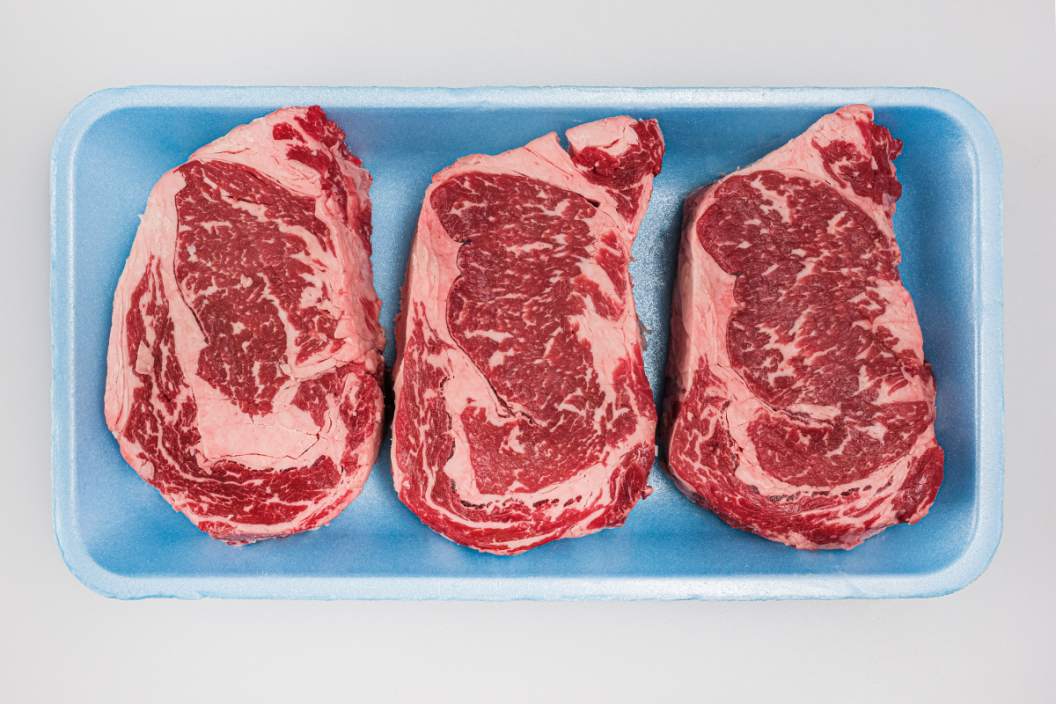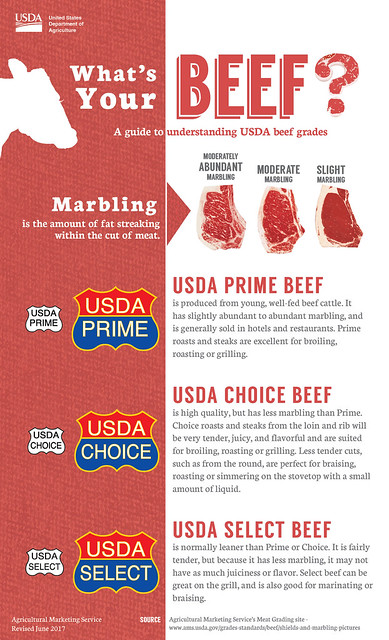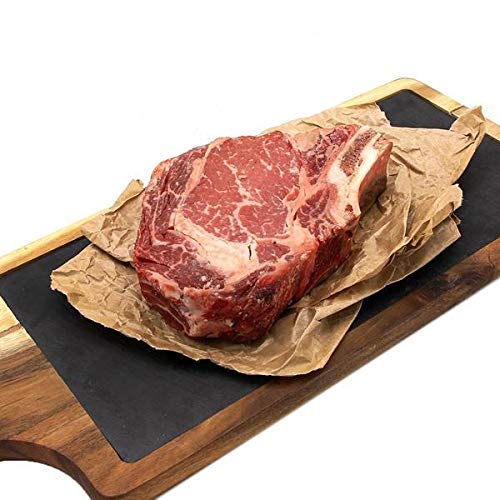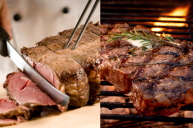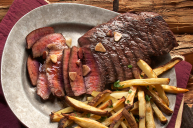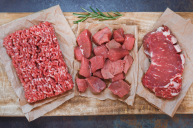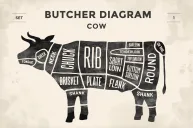Heading over to the butcher counter at your local grocery store can be an overwhelming experience. Numerous cuts of meat make the choices endless, and on top of that, labels such as Prime, Choice, and Select are scattered on the labels. But what does it all mean? Thankfully Red Meat Lover has you covered with their informative video on USDA's beef grades.
Videos by Wide Open Country
What Are USDA Beef Grades?
Graded by the United States Department of Agriculture, the beef grading system categorizes beef sold (whether it's in the butcher shop or in steakhouses ) into three categories: prime beef, choice beef, and select beef quality. A voluntary grading, beef packers pay meat graders to subjectively inspect cuts of beef from the beef carcasses for marbling and the age of the animal at slaughter. More intramuscular fat means more marbling, which leads to more flavorful and tender cuts.
The beef grading system was developed in 1927 as a means to market higher grades of meat that would increase the demand for fat corn-fed cattle.
USDA Prime Beef
Abundant marbling, this graded beef is produced by young, well-fed beef cattle. This higher grade is a high-quality cut of meat usually served by retailers such as hotels and restaurants. These cuts of meat are great for grilling, broiling, and roasting. Less than 2% of all beef is considered prime.
USDA Choice Grade Beef
The degree of marbling is less than Prime, however, this cut still has a good amount of marbling. USDA grade choice roasts and steaks from the loin and rib are perfect for grilling, roasting, and broiling. Less tender cuts from the round are perfect for braising. Angus beef commonly averages as choice.
USDA Select Grade Beef
Less marbling than the previous grades, this cut may not have as much juiciness or flavor.
There are lower grades of beef such as Standard and Commercial grade as well as Utility, Cutter, and Canner grades. However, they are not sold in stores and mostly used for ground beef and processed meat products.
Why The Grading System Can be Misleading
The grading system is great if you are specifically interested in the age and marbling of the meat, but what the labeling lacks is how the animal is raised. For example, grass-fed beef has lower levels of marbling compared to corn-fed. This keeps the grade for the meat lower.
The U.S. Department of Agriculture also tests the quality only by checking one cut of meat: the ribeye between the 13th ribs. This process excludes factors such as the taste of the meat, the breed, the cut, and the actual quality of the fat.
